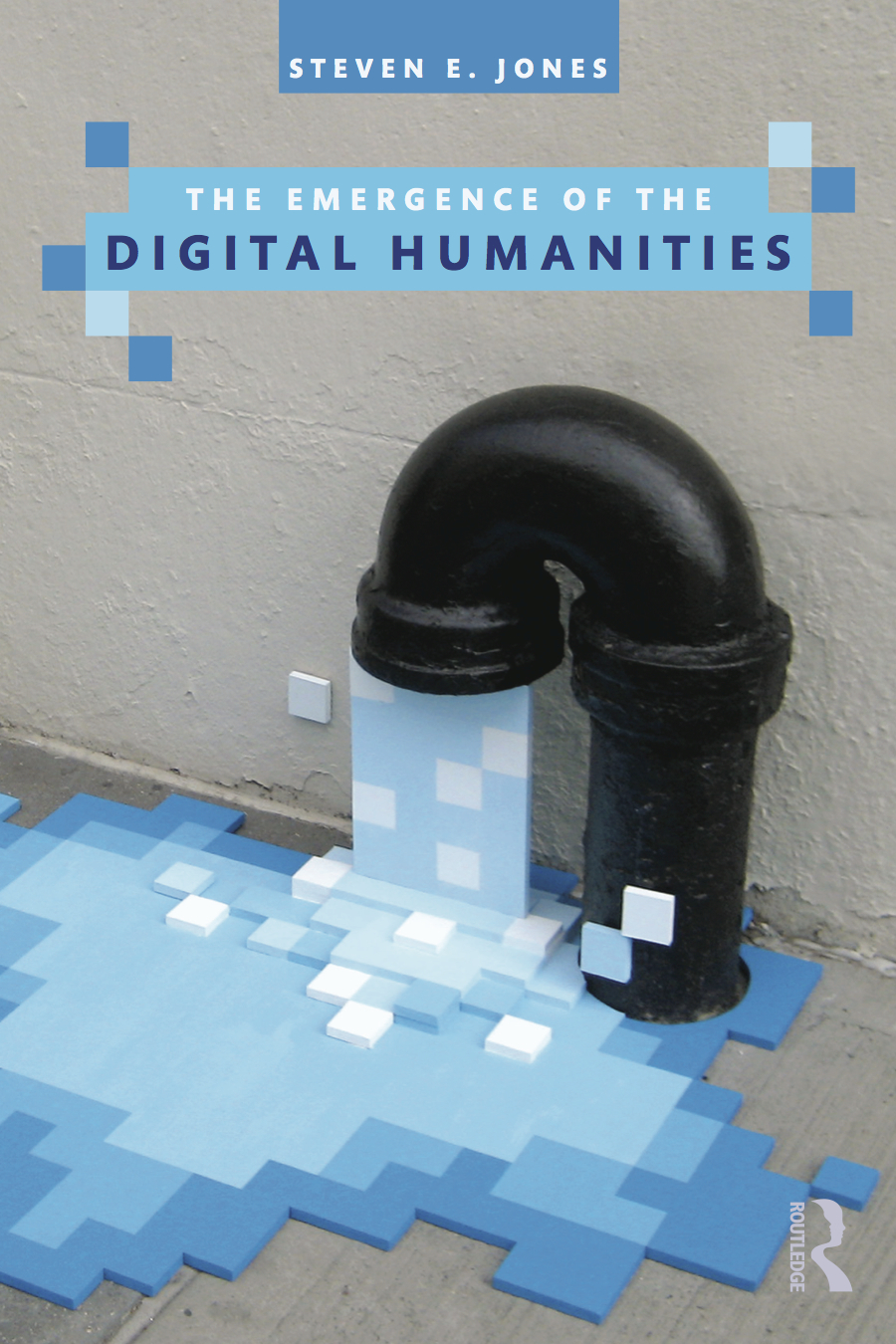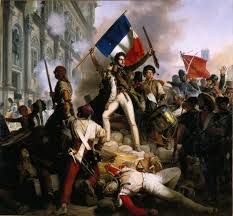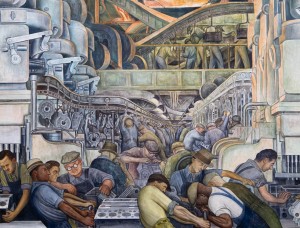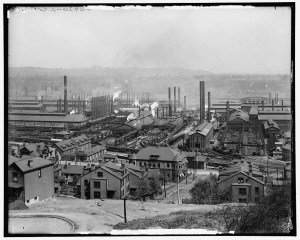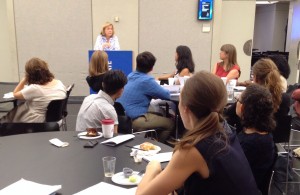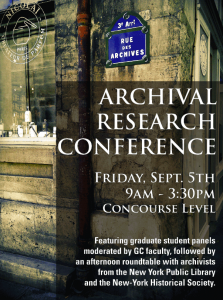The digital humanities did not spring up out of the ground, nor was the movement an inevitable byproduct of computing, information technology, or the internet. Instead, the emergence of DH has been a dialogue, an intersection of society and technology that renders in miniature the wider cultural tensions between the digital and the physical.
In his forthcoming book The Priest and the CEO, Steven Jones traces the pre-history of the digital humanities, focusing particularly on a 1949 meeting that has become the mythical origin of the movement. In this encounter, Father Roberto Busa, a Jesuit scholar, met with Thomas Watson, CEO and chairman of IBM, to propose a collaboration on what would eventually become the Index Thomisticus, a lemmatization of the complete works of Thomas Aquinas. Though often recognized as the founding story of the digital humanities, relatively little serious historical research has been done on this seminal meeting. In his talk at the ARC Praxis seminar on November 13, Jones brought archival research and contextual analysis to bear on an event that has, until now, been more legend than history.
In contextualizing the Busa-Watson meeting, Jones drew a number of connections between the nascent technology at IBM and the “eversion,” or the rise in the early 2000s of digital technologies that made inroads on the physical world. Just as technologies such as GPS and social media refigured interactions between humans and machines in the early years of the 21st century, the mainframe era celebrated its own paradigm-shifting platforms and devices in the 1940s. However, despite the optimism surrounding IBM’s machines in an era of sales copy and Madison-avenue hype, Busa’s proposal was an audacious one: “I knew, the day I was to meet Thomas J. Watson, Sr., that he had on his desk a report which said that IBM machines could never do what I wanted.”
Famously, Busa used IBM’s own self-assured rhetoric against Watson, persuading him by producing a company poster claiming that “the difficult we do right away; the impossible takes a little longer.” Yet Jones observes that this phrase, which echoes the motto of the British Navy’s corps of engineers, connects the Busa story to a larger postwar milieu. Busa served in World War II, first as a chaplain and later as a member of the partisan resistance, while IBM’s data storage technology served a darker and more controversial role in the war. In this light, Busa’s exchange with Watson mirrors the complex diplomatic relationships between the United States and European powers at the time of their meeting.
 Busa’s “impossible” project did indeed take a little longer. Over thirty years, the collaboration between the Jesuit and the iconic American firm pushed storage, processing, and retrieval to their technological limit. Given the state of card technology in this era, even data entry for the index took years. Yet the outcome was entirely novel, a “mixed marriage” between computing and linguistic research. The project wrestled with challenges, such as keyword context, that would become central concepts in the field of data analysis. In 1949, not only was IBM flexing its computational muscle with its innovative SSEC mainframe, but its nascent collaboration with Busa prefigured computers that could work not only with numbers, but with words.
Busa’s “impossible” project did indeed take a little longer. Over thirty years, the collaboration between the Jesuit and the iconic American firm pushed storage, processing, and retrieval to their technological limit. Given the state of card technology in this era, even data entry for the index took years. Yet the outcome was entirely novel, a “mixed marriage” between computing and linguistic research. The project wrestled with challenges, such as keyword context, that would become central concepts in the field of data analysis. In 1949, not only was IBM flexing its computational muscle with its innovative SSEC mainframe, but its nascent collaboration with Busa prefigured computers that could work not only with numbers, but with words.
While Professor Jones avoided drawing premature connections between his archival research and recent technology-fueled cultural developments, his work on this historic meeting clearly relates to issues at the heart of the movement. Whether lexical analysis, storage and retrieval, or search, the founding myth of the digital humanities prefigures a shift toward new modes of interaction between people and machines. In reflecting on the origin of the digital humanities, The Priest and the CEO may well give us insight into the movement’s future.



